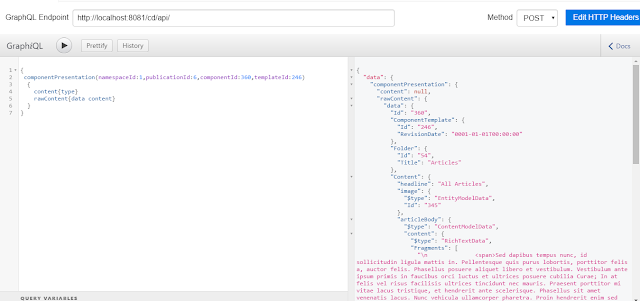Today SDL released the latest version SDL Tridion Sites 9.1 and in this release we have so many new features, but today we are going to discuss the SDL Tridion Integration Framework. These features enable you to quickly connect with your DAM, CRM, ERP, Marketing Automation, Commerce, PIM, Portal technology, Analytics, and Social Media platforms.
In this blog we will see how Unified Extensions/Connectors build using this framework will simplify the process of deploying multiple extensions in SDL Tridion Sites it combines multiple extensions that should be deployed together as a single solution. We can pack all together Content Manager, Content Manager Explorer, Dynamic Content Delivery and External Content Library extensions.
With EMS the problems that it solves is, we don't have to do configuration on multiple places, no need to restart services and IIS, one single package for multiple extensions and one of the biggest advantage is it supports scaled out environments - so if you have 3 x CM, 5 x publishers, etc. it's a one drop shop.
The package that is built contains.
In this blog we will see how Unified Extensions/Connectors build using this framework will simplify the process of deploying multiple extensions in SDL Tridion Sites it combines multiple extensions that should be deployed together as a single solution. We can pack all together Content Manager, Content Manager Explorer, Dynamic Content Delivery and External Content Library extensions.
With EMS the problems that it solves is, we don't have to do configuration on multiple places, no need to restart services and IIS, one single package for multiple extensions and one of the biggest advantage is it supports scaled out environments - so if you have 3 x CM, 5 x publishers, etc. it's a one drop shop.
- Single zipped file
- Manifest.json in the root of the zip
- All reference to jars, dlls and other resources in the manifest.json file will be relative to the root of the zip
- Dependent jars and dlls should be in the same folder as the source jar or dll
- Adding existing connector [Read More] If the Connector you are adding is written in C# (.NET Core), ensure that version 2.2 of the .NET Core Runtime is installed on the host machine the Content Service. Download the .NET Core Runtime for either Windows or Linux from the following location: https://dotnet.microsoft.com/download/dotnet-core/2.2
- Build a new connector [Read More]

















































